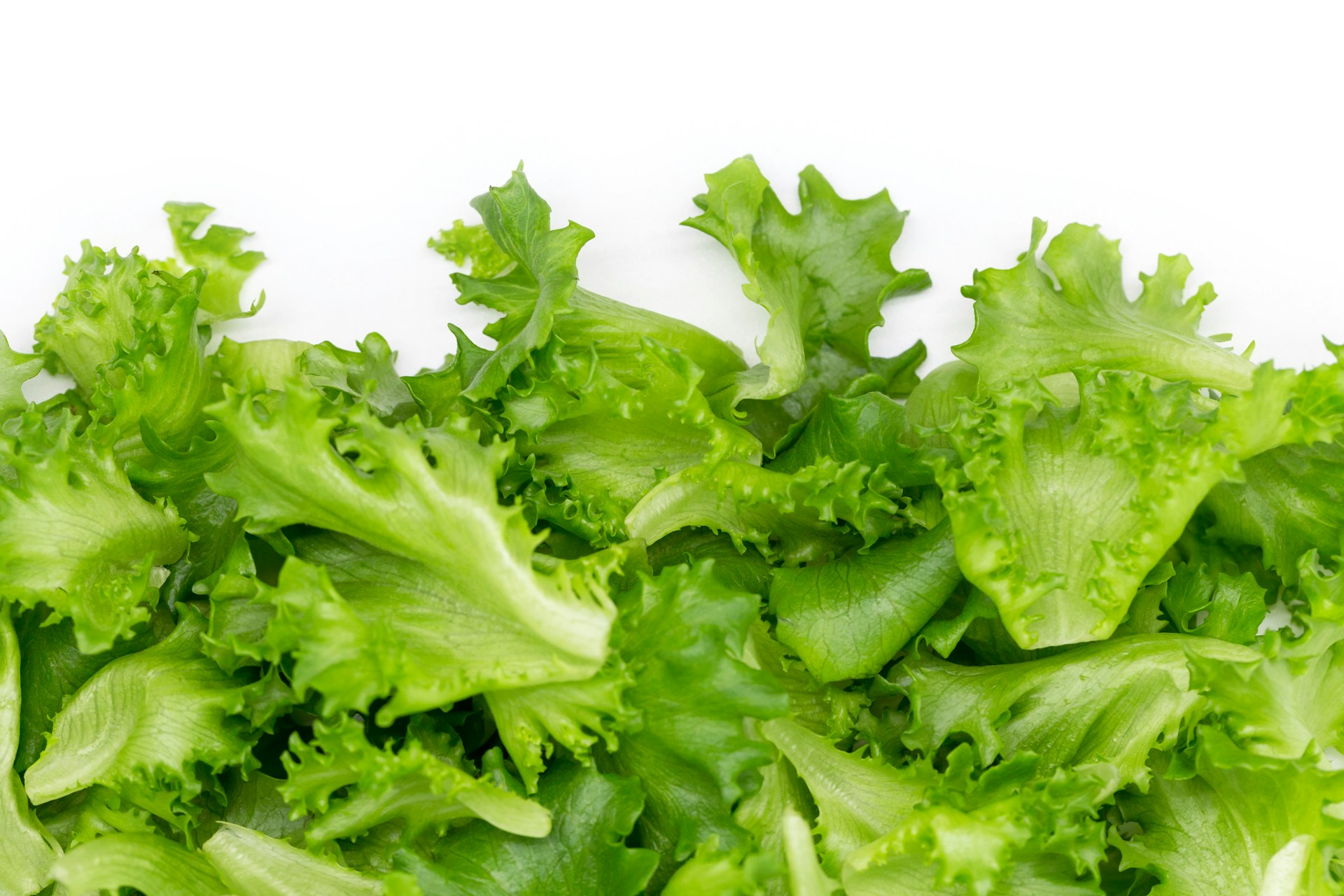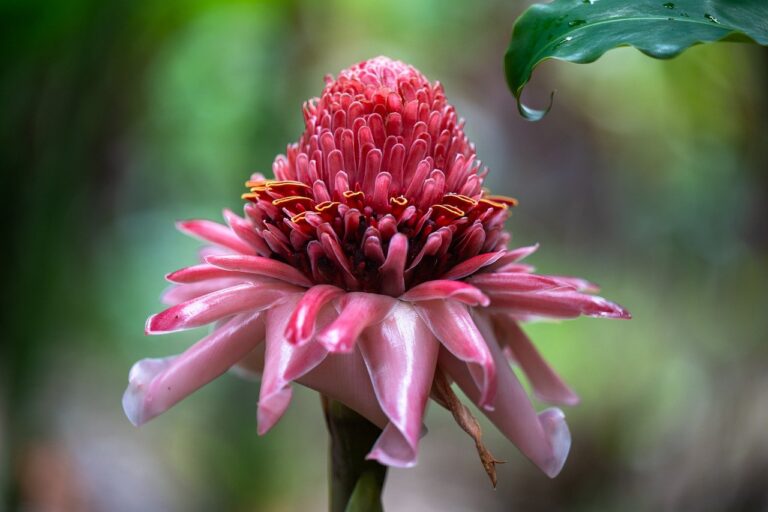Lettuce is a garden plant that most people enjoy planting at home because it’s easy to grow and can grow all year round. The thing about vegetables that can grow year-round is that you need to start growing the seeds at the right season; otherwise, they will not survive.
So, most gardeners opt to grow seedlings indoors, and then once they have sprouted, they transplant them outdoors when ready. However, not everyone knows the correct time to transplant lettuce seedlings outdoors.
So, when should you transplant lettuce seedlings outdoors? The best time to transplant lettuce seedlings is when they are 4 to 6 weeks old. During this time, the seedlings should have a robust root system and have atleast 2 to 4 true leaves. And the seedlings are between 2 to 3 inches long. All this should happen during that period; otherwise, your seedlings are not ready to transplant or have died.
Throughout this article, we will discuss how to transplant lettuce seedlings and the best time to start transplanting for the best results.
What is the best time to transplant lettuce seedlings?
The best time to transplant lettuce seedlings outdoors is during the early spring or fall seasons when the temperatures are cooler. Lettuce is a cool-season crop that thrives in mild weather conditions. Lettuce requires optimal temperatures that range between 45°F (7°C) and 75°F (24°C).
Transplanting during these seasons ensures that the seedlings are exposed to temperatures within their preferred range, promoting healthy growth and preventing premature flowering.
Additionally, transplanting during the cooler parts of the day, such as early morning or late afternoon, can help minimize stress on the seedlings.
6 Things to check before transplanting lettuce seedlings outdoors
Before transplanting lettuce seedlings outdoors, there are several key factors to check to ensure that the plants are ready for the transition:
Number of true leaves.
True leaves are the second set of leaves that appear after the cotyledon or seed leaves. Lettuce seedlings should have at least two to four true leaves before transplanting. The development of true leaves indicates that the seedlings are actively growing and have sufficient energy reserves to support further growth in the outdoor environment.
Age of seedlings.
The age of the seedlings is another important consideration. Generally, lettuce seedlings are ready to be transplanted when they are around four to six weeks old. By this stage, they have established a strong enough root system to adapt to outdoor conditions.
Height of seedlings.
The height of the seedlings is an indicator of their overall vigor and growth. Healthy lettuce seedlings should have reached a suitable height before transplanting, typically around 2 to 3 inches (5 to 7.5 centimeters). Tall and robust seedlings are more likely to withstand the stress of transplantation and establish themselves successfully in the garden.
Developed root system.
A well-developed root system is crucial for the transplanting process. Before moving lettuce seedlings outdoors, check if they have a healthy network of roots filling their containers. This indicates that the plants have established a strong foundation for nutrient uptake and water absorption, increasing their chances of survival and growth in the garden.
Frost has passed.
Lettuce is sensitive to frost and cannot tolerate freezing temperatures. Ensure all frost risks have passed in your region before transplanting lettuce seedlings. Frost can damage or kill delicate seedlings, hindering their growth and productivity.
Seedlings have been hardened off.
Hardening off is the process of gradually acclimating seedlings to outdoor conditions. Before transplanting, expose the lettuce seedlings to outdoor elements such as wind, sunlight, and temperature fluctuations for a few days or weeks. This process toughens the plants and prepares them for the transition, reducing the risk of transplant shock.
How to harden off lettuce seedlings.
Hardening off is the process of gradually acclimating seedlings to outdoor conditions before transplanting them into the garden. It involves exposing the young plants to gradually increasing levels of sunlight, temperature variations, wind, and other outdoor elements.
When seedlings are initially grown indoors or in a greenhouse, they are protected from extreme temperature fluctuations, strong winds, and intense sunlight. However, abruptly moving them to these outdoor conditions can cause stress and shock to the plants. Hardening off allows the seedlings to adapt gradually, strengthening their foliage, stems, and root systems.
Here’s a step-by-step guide on how to harden off lettuce seedlings:
- Start the process about one to two weeks before the intended transplanting date. Choose a period when the weather is mild and free from extreme temperature fluctuations.
- Place the lettuce seedlings in a sheltered outdoor location, such as a porch or patio, for a few hours each day. Choose a spot that receives partial sunlight and is protected from strong winds.
- Gradually increase the duration of time the seedlings spend outdoors for several days. Add an extra hour or two each day until they spend the entire day outside.
- Pay attention to the weather conditions during this period. Bring the seedlings indoors or provide temporary protection if there are strong winds or the temperature drops significantly.
- After a few days of outdoor exposure, start exposing the seedlings to direct sunlight for short periods. Start with 15-30 minutes of direct sunlight and gradually increase the duration over several days.
- Monitor the seedlings closely during the hardening-off process. Look for signs of stress, such as wilting or yellowing leaves. If any issues arise, reduce outdoor time or provide temporary shade.
- Water the seedlings appropriately during the hardening-off period. Ensure the soil remains evenly moist, but avoid overwatering, as excessively wet soil can lead to root rot.
- Towards the end of the hardening-off period, leave the seedlings outside overnight if the temperatures are mild and frost is no longer a concern. This will further prepare them for cooler outdoor conditions.
- Finally, after the seedlings have gone through the gradual acclimation process and show no signs of stress, they are ready to be transplanted into the garden.
During hardening off, the seedlings develop thicker cuticles on their leaves, which help reduce moisture loss and strengthen their stems to withstand wind stress. It also stimulates the production of protective pigments that shield the plants from excessive sunlight.
By hardening off seedlings, gardeners can help ensure successful transplanting and improve plant survival rates.
How to transplant lettuce seedlings.
Transplanting lettuce seedlings is a straightforward process. Here’s a step-by-step guide on how to transplant lettuce seedlings:
Choose the right time.
Ensure all frost risks have passed and the weather conditions favor lettuce growth. Optimal temperatures for lettuce range from 45°F (7°C) to 75°F (24°C).
Prepare the planting area.
Select a well-drained garden bed or container that receives at least 6 hours of sunlight per day. Amend the soil with organic matter like compost to improve fertility and drainage.
Water the seedlings.
Before transplanting, water the lettuce seedlings thoroughly to keep their root ball moist and make removing them from their containers easier.
Dig planting holes.
Dig holes in the prepared garden bed or container. Make the holes slightly larger than the seedlings’ root ball, ensuring enough space for the roots to spread out.
Remove seedlings from containers.
Gently tap the sides of the containers to loosen the seedlings. Carefully remove each seedling, holding it by the leaves or using a small tool to lift it by the root ball. Be cautious not to damage the delicate roots.
Place seedlings in the planting holes.
Set each seedling in a planting hole, ensuring the top of the root ball is leveled with the soil surface. Space the seedlings about 6 to 12 inches (15 to 30 centimeters) apart, depending on the lettuce variety.
Backfill and firm the soil.
Fill the hole around the seedling with soil, gently pressing it to secure the plant in place. Avoid compacting the soil too tightly to allow for root growth and water penetration.
Water the transplanted seedlings.
After planting, give the seedlings a thorough watering to settle the soil and help establish good root-to-soil contact. Water gently to avoid dislodging the seedlings.
Mulch the soil.
Apply a layer of organic mulch, such as straw or shredded leaves, around the seedlings to conserve moisture, suppress weeds, and regulate soil temperature.
Provide ongoing care.
Regularly water the transplanted lettuce seedlings to keep the soil consistently moist but not waterlogged. Monitor for pests and diseases, and provide appropriate fertilization as needed.





